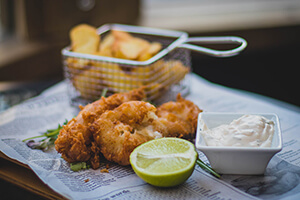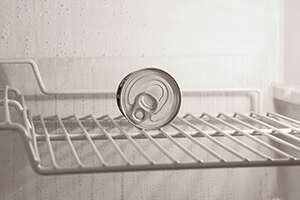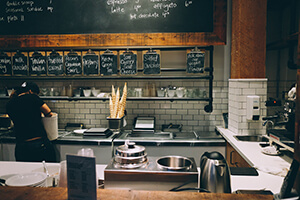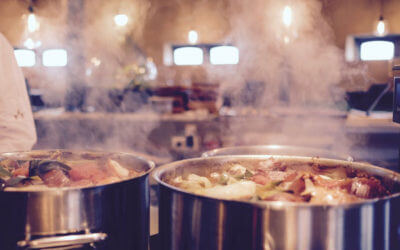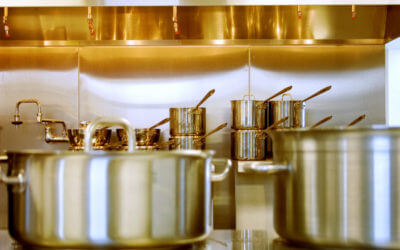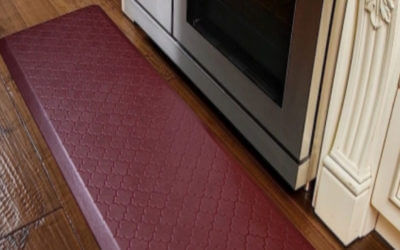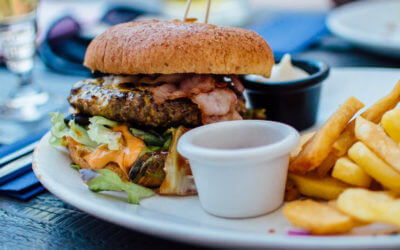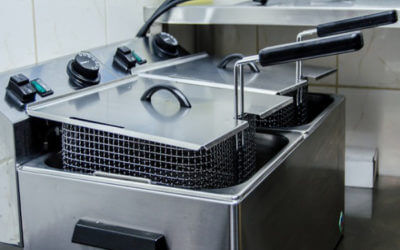Restaurant Equipment: How to Handle Gluten Allergies
August 14, 2018In the last five years, you’ve probably seen a dramatic increase in the number of restaurant customers you have that are avoiding gluten.
Some of them simply don’t like it, and others have a life-threatening reaction if they eat it. As a restaurant owner, you want to be able to accommodate your guests.
However, knowing how to properly choose and use restaurant equipment to handle gluten allergies can be a challenge. Here are some tips that can help.
Understand the Types of Gluten Concerns
When someone says, “Do you have anything gluten-free?” they can be asking for a wide variety of reasons.
Perhaps they simply believe gluten is bad for them. Or, they may have actual medical reactions to gluten that may be severe.
Here is a list of the different concerns people may have with gluten:
- Allergies: these range from mild to life-threatening. When someone’s immune system reacts to gluten, they can become very ill. This is the case for those with celiac disease.
- Intolerances: sometimes a food simply causes digestive problems. These folks avoid gluten because they don’t like how they feel when they eat it.
- Specific Diet: Many people are on a gluten-free diet either to treat illness or to better their health.
It’s not particularly important why your guests request gluten-free. What is important is that your staff take it seriously. It could be a life-or-death issue, and too many restaurants make light of it.
As you create routines for special requests, it’s helpful to choose restaurant equipment and processes as if everyone who requests gluten-free has celiac disease. This way, you can keep your guests safe while respecting their privacy.
Creating Gluten-Free Dishes For Your Menu
The easiest way to handle frequent requests for gluten-free food is to have specific dishes already on your menu that don’t use those ingredients.
You will probably want to use specific restaurant equipment to prepare these dishes, as gluten can cross contaminate if the pan was used for another sauce or dish.
Remember, gluten-free means free, as in none. For those with celiac disease, a concentration of even 20 ppm in gluten can make them very ill for days.
As you create gluten-free dishes, scrutinize every ingredient. It’s amazing how many things have wheat or other gluten-containing compound added to them that you would never expect.
Have Gluten Free Adaptations For Normal Dishes
Some restaurants don’t have the space to keep a wide range of gluten-free dishes on the menu, especially if those items are not moving quickly each day.
Instead, you can have a way to adapt your usual dishes for a gluten-free request. Again, restaurant equipment is vital – you cannot afford to cross contaminate, and you will likely need a new small batch of whatever sauce, seasoning, or gravy is used.
Prepare your adaptations in advance and train your staff in how to create them. You can look over your menu to see which items are easiest to convert. Again, be careful of ingredients – even a spice mix may have gluten-containing ingredients added.
Have the Right Restaurant Equipment to Handle Allergies
Gluten allergies are not the only special request you’ll come across. That’s why it’s helpful to have specific, clean restaurant equipment set aside to handle allergy requests.
You can prevent cross-contamination without slowing down your kitchen if you have the equipment you need. Are you looking for a new set? We’d love to help. Contact us today for a quote!
Cooking Equipment Spotlight: Choosing the Right Fryer
Choosing the right fryer may seem straightforward. After all, you just need something to hold oil and keep it hot so you can cook some things, right? Not quite. You have a lot of choices, which helps you choose the cooking equipment that’s perfect for your...
Keep Your Foodservice Equipment Coolers Clean & Functional
Whether you run a convenience store or a restaurant, you need safe storage for food that must be refrigerated. Commercial coolers are the foodservice equipment you need – but it’s important to keep them in good shape. Otherwise, your investment won’t give you the...
Keep Pests Out of Your Commercial Kitchen
Having pests in your kitchen is already a nightmare, but if health inspectors find them it gets even worse. Keep your guests safe and your restaurant operating safely. Your commercial kitchen is automatically a target of a variety of bugs and other pests. It has...
Restaurant Supplies: Make a Great Impression With the Right Dinnerware
When customers sit down in your restaurant, what’s one of the first things they see? Yes, the décor, hostess, and more. But there’s something else that matters a great deal – but is often overlooked. It’s the silverware and tableware! People will judge your...
The Best Kitchen Equipment for a New Graduate
If you’re like many people, you know a young adult who will be setting up their own place for the first time this summer. It’s an exciting time, but very nerve-wracking. It’s amazing how quickly the costs add up as you outfit an apartment – especially in the kitchen!...
Outside the Commercial Kitchen: Food Safety While Catering
Many restaurants and other eating establishments like to provide catering for special events. Catering a huge business, worth over $53 billion per year. Catering allows your restaurant to reach customers who might never set foot in your establishment otherwise. It’s...
Help Your Commercial Kitchen Run Smoothly With Proper Leadership
We focus a lot on how having the right equipment can keep your commercial kitchen moving quickly and efficiently. However, it’s not just the equipment that makes the difference in your restaurant’s success. Having proper leadership in your commercial kitchen – and...
3 Times Used Kitchen Equipment is As Good As New
Are you nervous about buying used kitchen equipment? It’s understandable. After all, restaurants are subject to a lot of regulations, and if something goes wrong you could lose your business. However, there are many times that used kitchen equipment makes perfect...
Kitchen Equipment You Need: Wellness Mats
When it comes to serving customers, you leave no stone unturned. You choose the best kitchen equipment, test your recipes, buy the best ingredients, and hire excellent staff. Unfortunately, there’s something that even the savviest restaurant owner often forgets –...
Is Your Kitchen Equipment Ready for National Hamburger Month?
Restaurants can always use a fun and playful way to bring in new customers. Did you know that May is National Hamburger Month? Why not use that fact as an entertaining way to bring in new customers? You can offer a special promotion on a hamburger, or feature other...
Understanding Restaurant Equipment: A Variety of Fryers
You may think of a fryer as a simple machine with a basket and hot oil. If you do, you don’t quite understand this restaurant equipment. You’re missing out on the enormous range of different fryers available! The truth is there are four very different types of...
Why a Frozen Drink Machine is Vital Foodservice Equipment for Your Store
It’s starting to get hot out there, and as summer approaches you should be thinking about how to promote your cold food and drink offerings. Each store will have different foodservice equipment, but if you don’t have a frozen drink machine, you should seriously...
How to Increase Sales From Your Cold Case
As we move into May, it’s time to start thinking about ramping up your summer sales. One of the key focuses can be the cold case in your store. This piece of foodservice equipment can really boost your bottom line. A cold case gives you an opportunity to display...
Keep Restaurant Equipment Safe: Proper Use of a Breading Station
Keeping food safe and sanitary is vital for any restaurant. A lot foodborne illness isn’t the result of the food itself, but rather a misuse of restaurant equipment that causes contamination. A breading station is a piece of equipment that has a lot of opportunity for...
5 Keys to Creating the Perfect Restaurant Seating Areas
Restaurants are about so much more than just food. From the setting and layout of your restaurant to your choice of colors, it takes a lot more than an appealing menu to keep diners coming back for more. When setting up your restaurant, booths and chairs are important...

